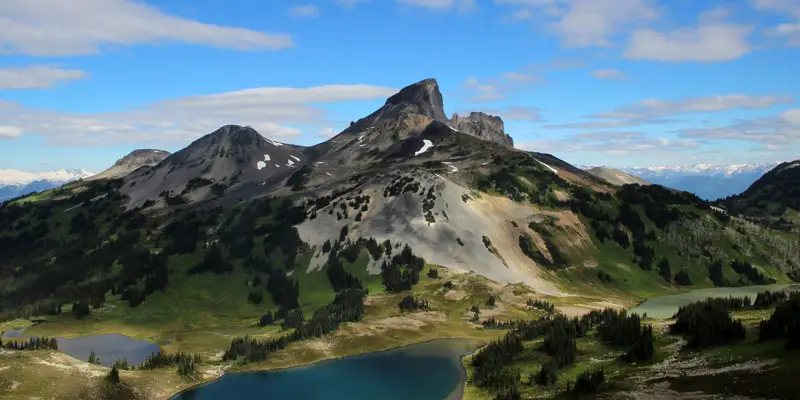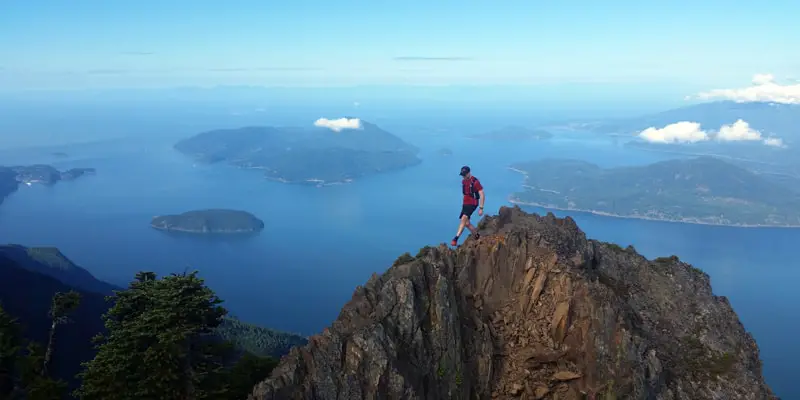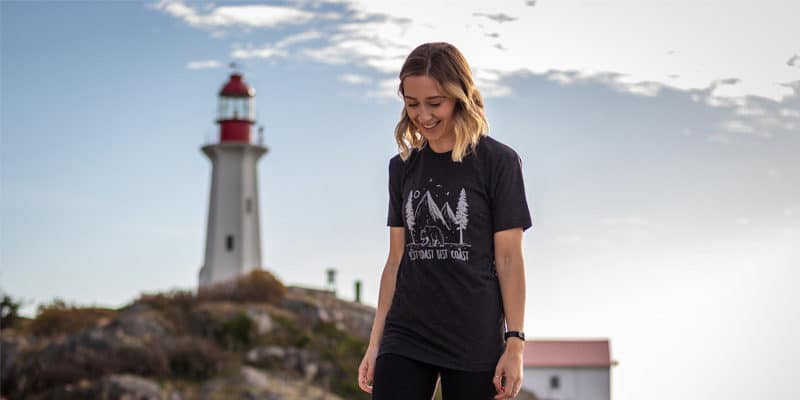Here’s a very interesting article from the New York Times about a group of researches who are studying avalanches in a 2 million dollar ‘cold lab’ at Montana State University, in hopes of being able to better forecast them. There have been 31 avalanche related deaths in North America so far this winter season, 15 in Canada, and 16 in the US.
BOZEMAN, Mont. — Not long ago, Ed Adams, a civil engineering professor, studied avalanches by setting them off with dynamite and studying their movement as they buried him, his instruments and his colleagues in a tiny shack.
Recently, though, Dr. Adams, a 58-year-old materials researcher, started a new and somewhat quieter phase of research, studying avalanches in the lab at Montana State University. A $2 million “cold lab” financed primarily by the National Science Foundation and the Murdock Charitable Trust and completed here in November allows Dr. Adams to replicate and control the uncontrollable field conditions of mountains in winter and understand in detail how snow behaves under widely varying conditions. The goal is to be better able to predict an avalanche.
Forecasting avalanches has always been as much an art as a science because of the wide variability of conditions, from time of day and year to type of snow, to slope and temperature.
“Snow seems simple, but it’s extraordinarily complex,” Dr. Adams said. “If I set a box of snow in the refrigerator and come back in an hour, it’s changed significantly. It’s almost always in a constant state of motion, and studying it is a moving target.” That is where the lab comes in, allowing researchers to vary the sky, sun and temperature to see how snow responds.
There have been 31 fatalities this winter season, 16 in the United States and 15 in Canada, including three snowmobilers in separate avalanches on Saturday in Idaho and Montana. The record in the United States is 35 in the winter of 2001-02. Three of this winter’s fatalities occurred within the boundaries of ski trails in commercial skiing areas, which is highly unusual, because of the careful forecasting and control work done in skiing areas.
“The number of fatalities we have had shows they’re a difficult phenomenon for us to understand,” said Karl Birkeland, an avalanche scientist at the Forest Service’s National Avalanche Center here. “There’s definitely a need to better understand them.”




